Indie Game Spotlight: Ocean Keeper’s Deep Sea Roguelike Journey

There’s a special kind of bravery in deciding your studio will stop doing other people’s games and try to ship one of your own. For RetroStyle Games, a Kyiv-based team that spent years doing outsourcing work for bigger studios, that bravery turned into Ocean Keeper: Dome Survival, an isometric, mining-fronted roguelike that wears its inspirations on its sleeve but confidently carves out its own identity.
The first thing Diana (Content Manager for RetroStyle) told me when I asked who was behind the project was straightforward and proud: RetroStyle Games are “a small but passionate team based in Kyiv, Ukraine. We all absolutely love everything related to games. While the company was originally founded back in 2010 and has been working as an outsourcing studio ever since … recently we’ve taken the exciting leap into making our own full-scale games.” That second half (the leap) is constant in everything about Ocean Keeper: an attempt to take expertise earned doing other people’s visions and funnel it into a project from concept to storefront.
The team itself is compact and young: Diana describes “a super young and energetic crew: everyone here is around 25 years old,” and the studio’s core lineup for Ocean Keeper was “a few developers, QA testers, one game designer and a humble little marketing team.” That “humble” word keeps cropping up in their tone - there’s no pretense, just a band of people trying to make something that scratches the itch they themselves have.
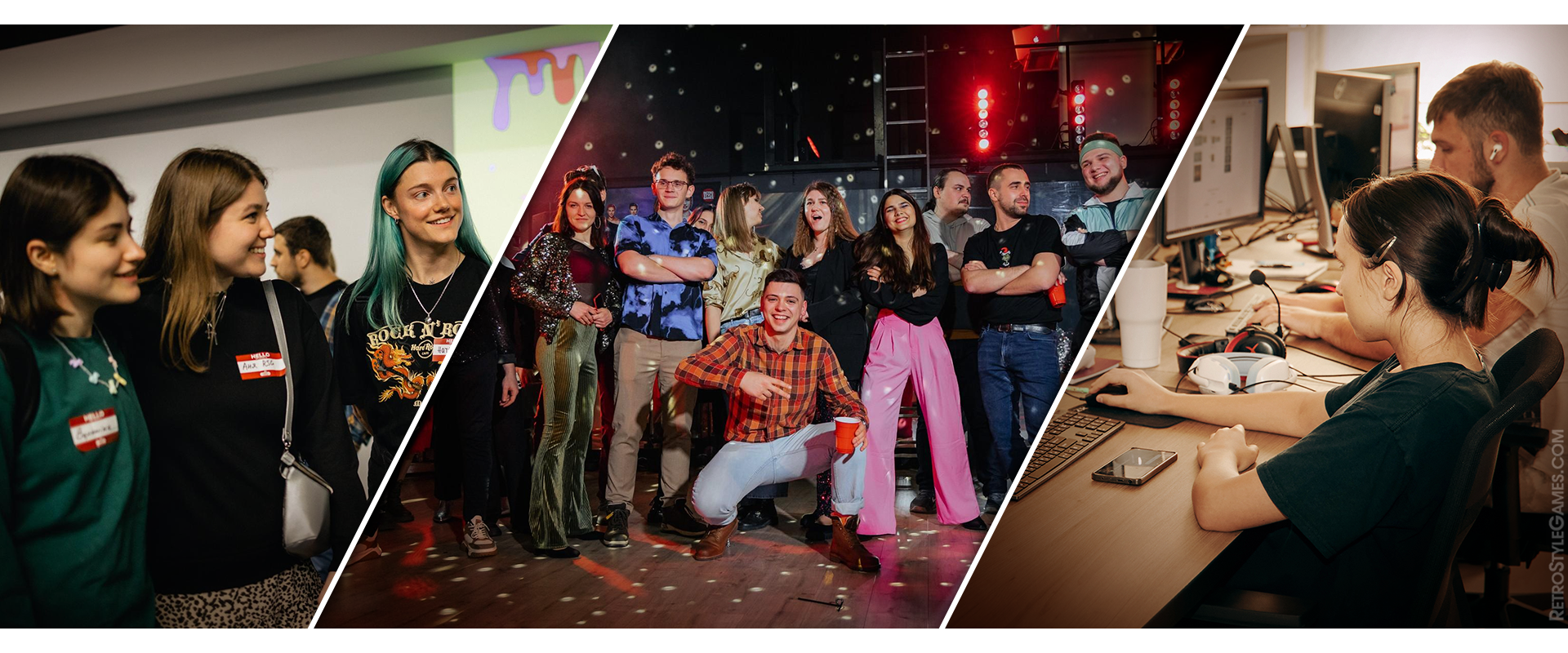
An ocean of influences, stitched together
If you play Ocean Keeper and it makes you think of a few other games, that’s intentional. The studio leaned into a blend of loop-first design, exploration mystery, and tense enemy encounters...the things that make games like Dome Keeper, Vampire Survivors, and Subnautica 'click'.
Diana explained it like this: the team loves “games like Dome Keeper and Vampire Survivors for their loop pacing and satisfying power scaling. The thrill of diving deep and uncovering long-lost secrets has always pulled us in so yeah Subnautica definitely left its mark too.” You can hear what she means the moment the music dips and you nose the mech toward a yawning cave entrance: the tension is equal parts discovery and dread, and the reward is the upgrade you can take back to shore.
There’s also a strategic backbone lifted from RTS sensibilities, an influence they trace back to StarCraft. Diana notes that “StarCraft had a huge influence! … In Ocean Keeper you’ll definitely catch echoes of that in how enemies are designed. Silhouettes and animations are key. We wanted each creature even as a shadow in the deep to feel instantly threatening.” That’s important design thinking: in the murky, low-visibility world beneath the surface, an enemy’s silhouette must communicate threat before it even becomes a danger.
The reference list doesn’t stop at games. The team’s moodboards read like a cinephile’s wishlist: “Pacific Rim and Edge of Tomorrow to War of the Worlds (both the movie and the book), Evangelion, The Iron Giant.” They even mixed in more contemporary animation references — Peni Parker’s mech and EVE from WALL-E — to shape the in-game mech’s emotional resonance. These aren’t surface-level name-drops. The references relate to everything from the way the mech moves and reacts, to the tiny things that make the world feel lived in.

What the game actually does (without spoilers)
Boiled down: Ocean Keeper is a top-down, mech-led roguelike where you alternate between two main rhythms. On the surface you pilot your Mech Spider across a large map, building defenses and planning; under the surface you send a diver into procedurally generated caves to mine resources and chase upgrades. Both halves feed one another: the better you mine, the stronger the mech you bring back to repel the hordes.
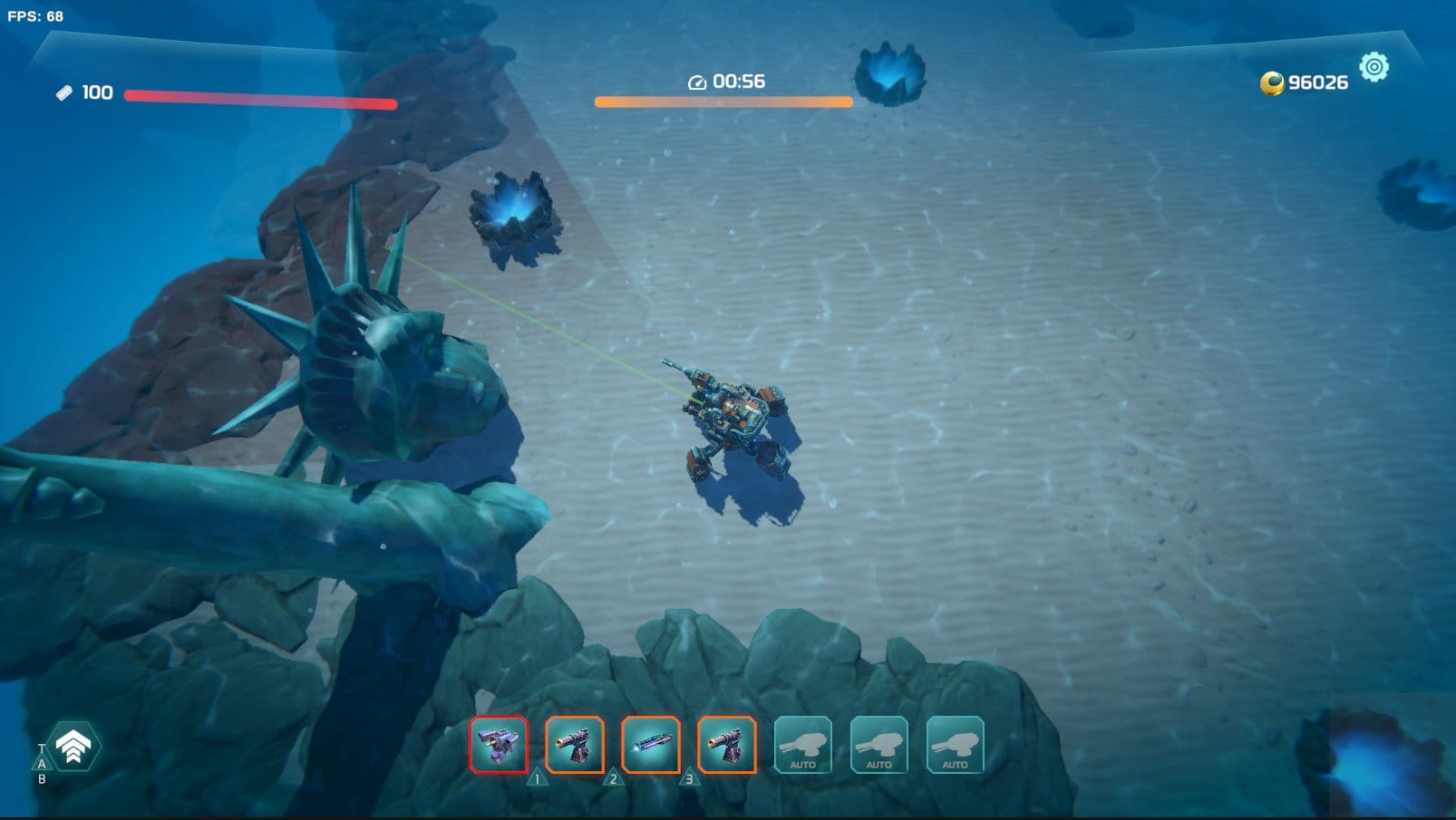
The Steam page describes it plainly as “an action roguelike with tower defense elements,” and that pitch holds up when you play. You’ll mine, customize weapons, upgrade your Mech Spider, and face bosses that escalate in complexity and threat. Those procedural caves keep the runs feeling unpredictable, while the meta-progression system rewards repeated attempts with new loadouts and upgrades that alter how each run plays out.
Mechanically, the loop is satisfying: there’s the meditative rhythm of digging and resource management, followed by the spike of frantic defenses when waves of enemies converge. Diana described that contrast as central to the vibe: the game “splits into two main rhythms - blasting fish with big guns and then mining peacefully. That contrast is super important to the vibe we wanted to achieve.” The alternation is what gives each run its weight and importance: you’re not just grinding for upgrades, you’re making choices about risk and tempo.

Making the game: iteration, community, and the beta that mattered
The development story for Ocean Keeper was intensely iterative. Diana called the process “one long never-ending brainstorm honestly,” and emphasized how Beta and Early Access feedback fundamentally shaped the final product. Their workflow sounds like the best sort of 'scrappy' indie loop: internal rounds, public beta, feedback, and rapid iteration.
That feedback loop wasn’t just abstract; it produced real hires. Diana told me a great little origin story: a tester named Sophia had such detailed bug reports during beta that the team pulled her in for an interview — and she’s been with them for over a year. “She was one of the beta players and her bug reports were so detailed and sharp, we just had to reach out. We invited her to an interview and now she’s been with us for over a year.” That anecdote captures what community-driven development looks like when it’s done right: players are collaborators, not just consumers.
The team also used the beta for broader QA and positioning pushes. Diana admits early marketing was messy: “Marketing didn’t come easy at first if we’re being honest. It was all pretty new for us so the early steps were a bit messy”...but the beta, Steam Next Fest, and reaching out to influencers made the early noise.
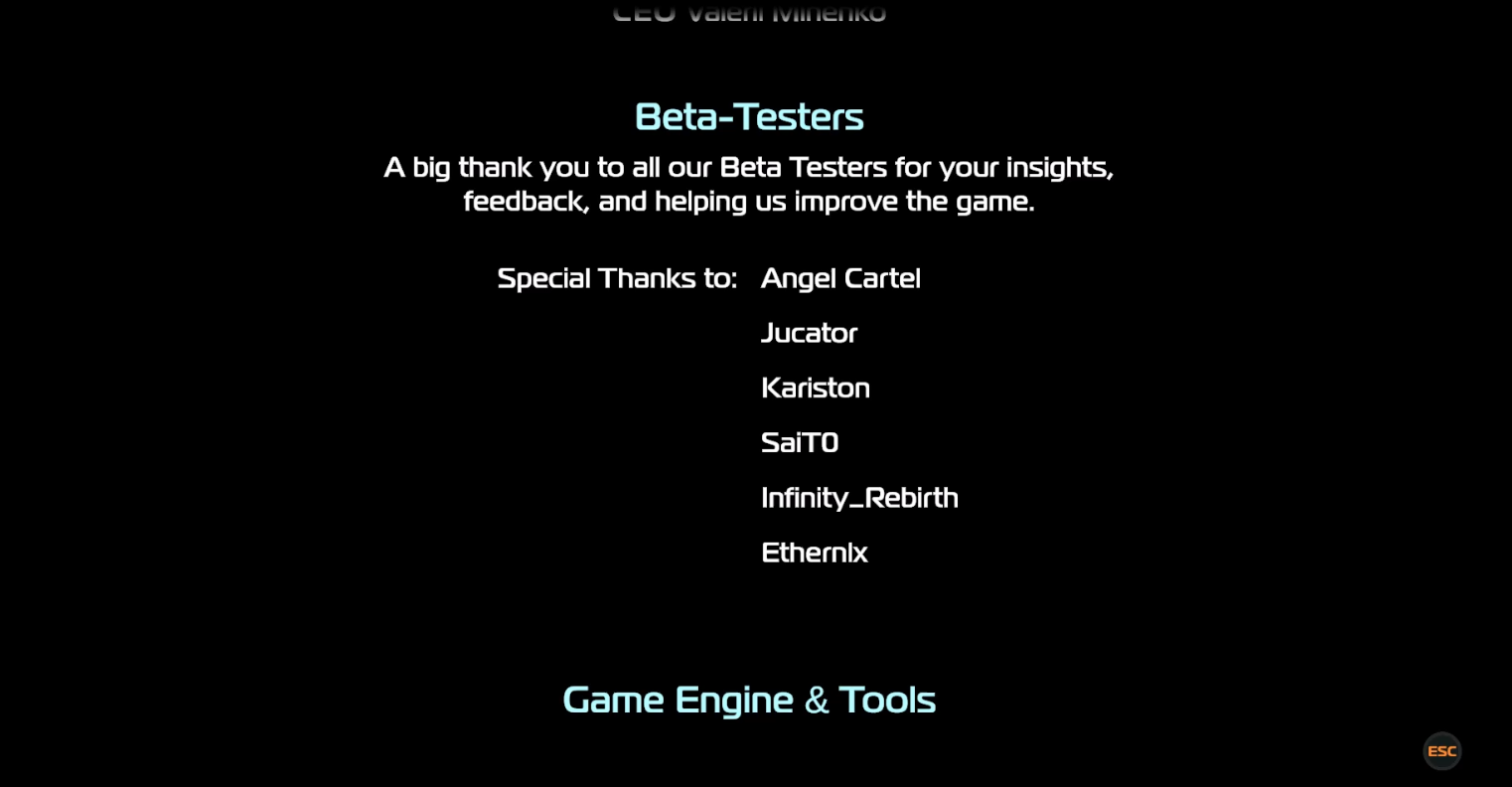
And they learned how to market for community over broad-scale reach. Instead of chasing an audience of everyone, they “focused on players who specifically love roguelikes, underwater themes, and mechs.” For a small studio, that’s a critical survival move: niche focus beats scattershot outreach. Discord and Reddit, they say, were the platforms that mattered most: spaces where players could talk, give feedback, and feel seen. “Discord and Reddit definitely made the biggest impact for us, mostly through open communication and creating spaces where players felt heard.” The AMA on r/NintendoSwitch, for example, brought spikes of attention and meaningful engagement.
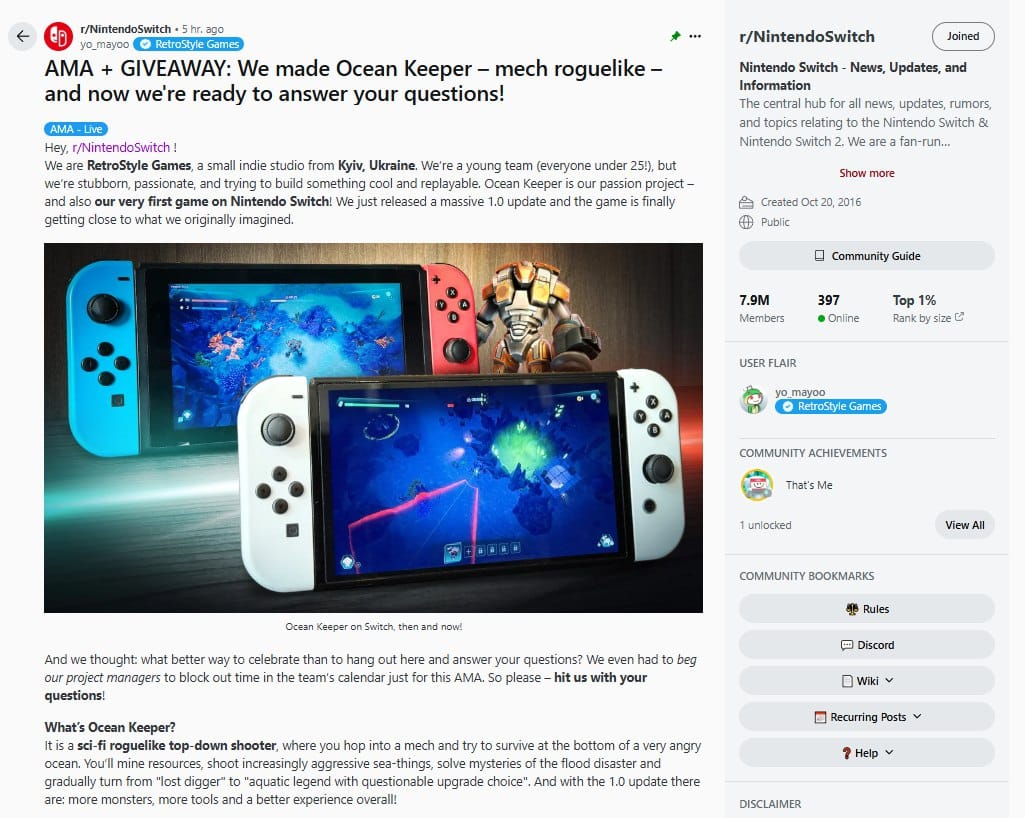
Polishing the atmosphere: small touches with big effect
One of the clearest testaments to the team’s iterative approach is how community feedback shaped the game’s atmosphere. Early beta players told the devs the world didn’t "feel underwater" enough, and the team listened. They added reflections, caustics, subtle fog, floating corpses, particles, and other elements that give the game a denser, more physical oceanic presence.

Diana put it plainly: “Players kept saying the game didn’t feel ‘underwater’ enough and they were right. So we added reflections, water caustics, floating corpses of defeated enemies, subtle fog, particles. All those little touches came straight from community suggestions.” Those are exactly the kinds of micro-features that don’t change mechanics but transform mood, and they matter more than many players realize.
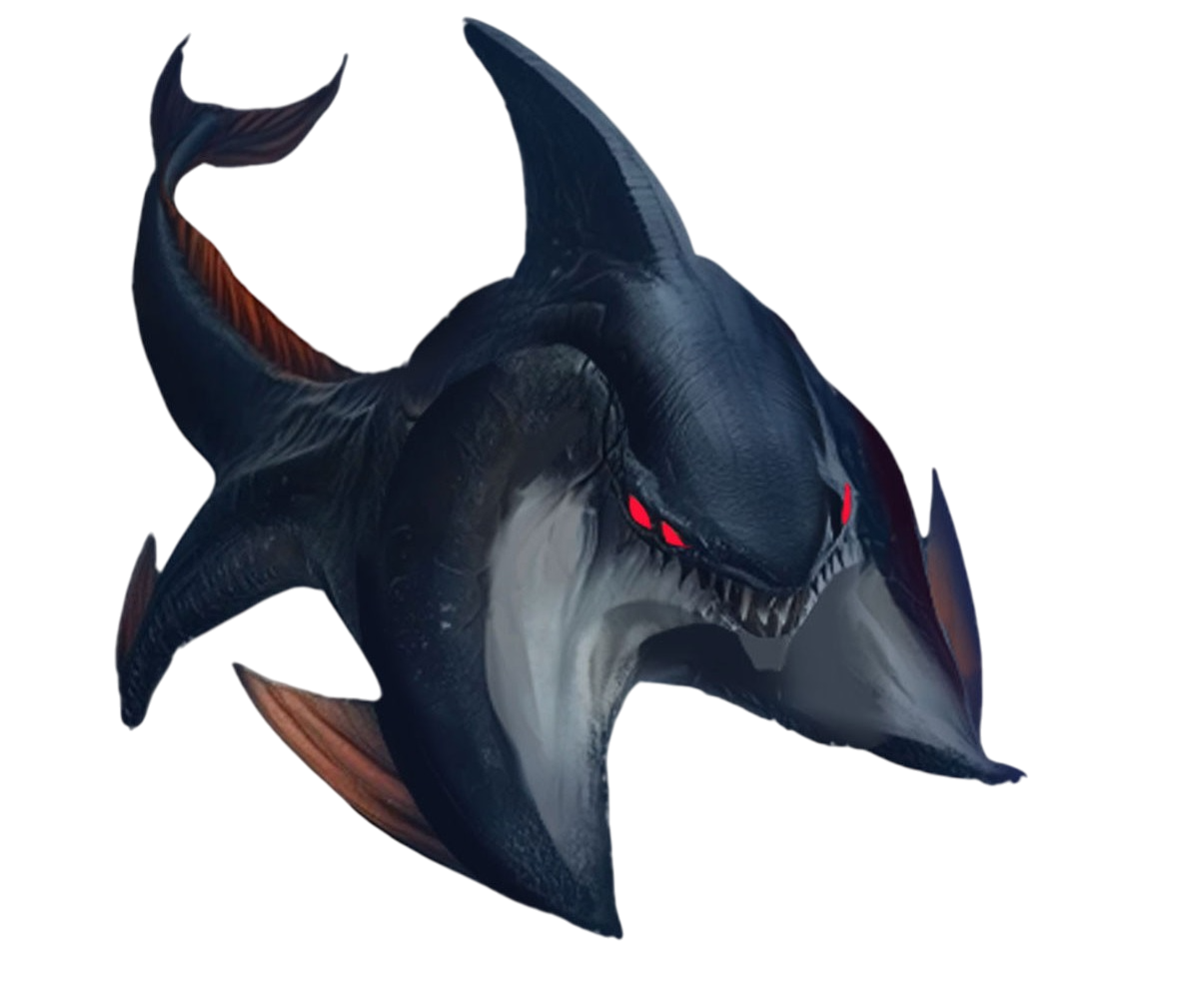
Platforms, ports, and the pain of parity
RetroStyle set an ambitious target: wide availability. Ocean Keeper launched on Steam (Windows, macOS, Linux) and had builds for mobile (iOS and Android) and consoles (PS5, Xbox, Switch), with Steam Deck support out of the gate. The official 1.0 release (May 2, 2025) landed after close to a year of Early Access.
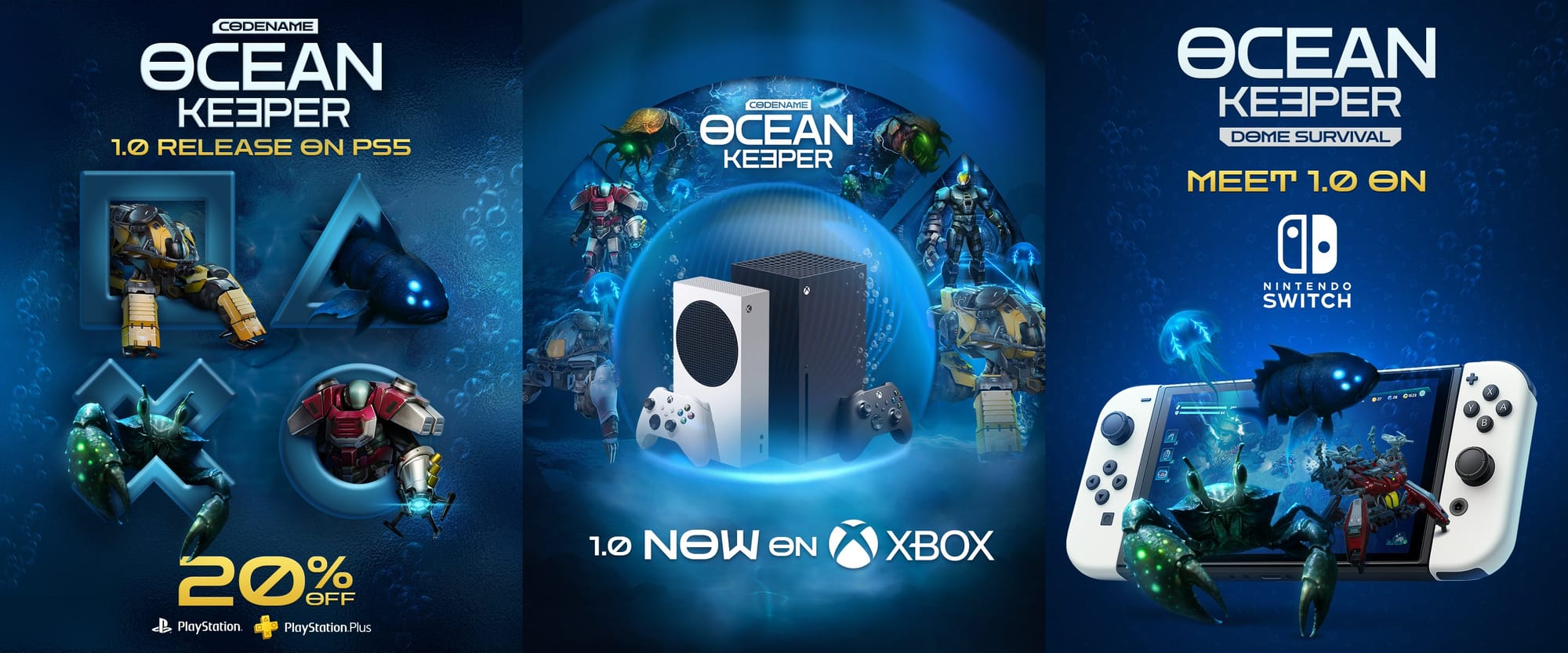
Porting that many versions is a huge undertaking for a small team. Diana explained that mobile was the largest time sink because of device fragmentation and the need to balance compressed assets with retaining visual identity. “The sheer variety of devices and system versions makes porting much more complex.” And while Steam Deck compatibility was “kind of part accident, part intention”, the team wanted the game to feel right on handhelds from the start. “We’re big fans of handhelds in general so making sure the game feels good on Deck was important to us.”
When Ocean Keeper first launched, it carried a “Playable” rating on Deck, but that has just changed this week, now showing the “Verified” status. It’s a small badge with a big impact, signalling that the game now runs on Valve’s handheld without tweaks or compromises.
Console ports came with their own bureaucratic and technical headaches. Diana described juggling parallel certification processes, approvals, and the occasional rejection: “porting to consoles can definitely feel like opening Pandora’s box.” Still, their prior experience in mobile (a bunch of RetroStyle’s earlier titles have millions of downloads) helped them manage scope and optimization trade-offs. The upshot: the team prioritized preserving gameplay parity, sometimes trimming visual fidelity or file size to ensure the game played the same across devices. That trade-off is familiar to anyone who’s tried to keep a game’s soul intact while moving it between platforms.
What got cut (and what’s still on the wish list)
No indie ship sails without cargo jettisoned overboard. RetroStyle began the project with more ambitious ideas than they could ship on time. They had plans for more weapon types, more chip mods, different Digger tools, increased surface interactivity, and biome variety inside the caves. Time and resources forced simplification, but that often leads to better design decisions: when you can’t do everything, you have to pick the things that make the run feel unified.
Diana acknowledged this: “When you start a project you’re full of ideas and ambition and then reality hits, at some point you gotta actually put it all together into one working game. And, unless you want to spend the next ten years in dev hell, some things just have to go.” The good news? Many of the ideas landed on the roadmap or were pared down and included in simpler, more manageable ways. The studio seems committed to growing the game iteratively rather than promising everything up front.
Community-driven additions and the human stories
The community isn’t just a testing ground for balancing tweaks — it’s where the team finds purpose. Post-launch, they received tons of bug reports and balance feedback, sure, but the notes about player stories are the ones that visibly move the team. Diana shared one that stuck with me: “One of our favorite stories comes from a father and son who both play Ocean Keeper on Nintendo Switch… Every time we hear from them, the whole team sends a big hello back to his son.” That kind of small, human feedback loop is the scaffolding indie communities are built on.

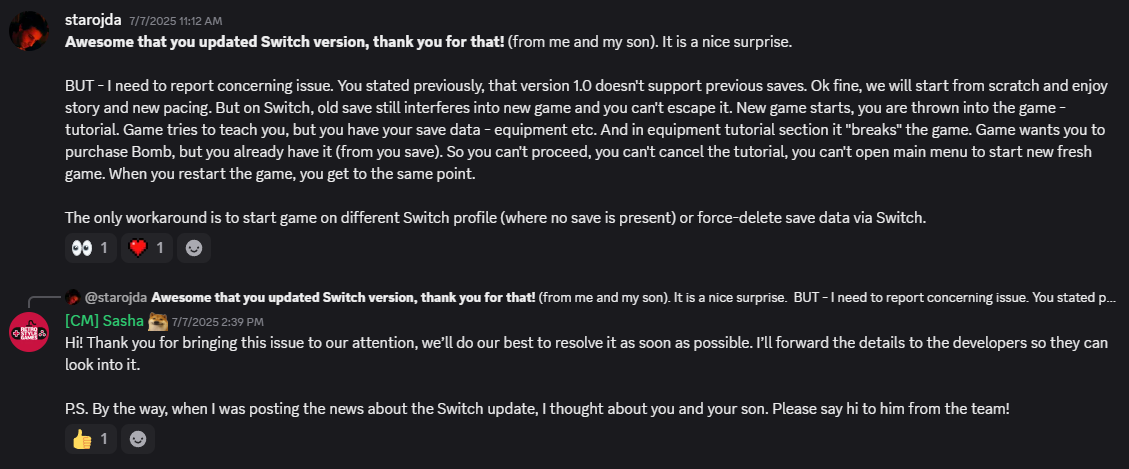
They even credited their most active beta testers in the game and invited some to the office to celebrate. That’s not flashy PR, it’s 'relationship' work, and for a small studio it’s everything. “Feedback is a core part of Ocean Keeper from the very beginning… At one point our CEO literally asked the team to make a top list of player-submitted bugs and feature requests and many of those ended up in the game.” The result is a product that honestly reflects the players who invested their time in it.
Reception: rough edges, real praise
Critical and community reception has been broadly positive for what it aims to be. Steam reviews as aggregated by third-party tracking sites show a favorable tilt, and reviewers tend to praise the pacing, the combat loops, and the sense of progression delivered by meta upgrades. Some criticisms are consistent: balancing (the game can be tough), occasional UI clarity issues, and pacing in the learning curve. Those are par for the course for roguelikes of this scope, and RetroStyle has been iterating.
Multiple outlets and reviewers noted that the 1.0 update brought meaningful polish: a story, new weapons and tools, sound and UI reworks, and localized language support, all things the studio pointed out as deliverables for the full release.
What’s next: co-op and continued support
I got the sense that the team already has one foot on the next wave. They confirmed they’re actively preparing a co-op mode and intend to run a beta for it in the late summer or early fall. Diana said this with an excited earnestness: “We’re actively preparing the beta launch of a co-op version of Ocean Keeper, which we plan to release in late summer or early fall. Funny enough, we already had the idea for co-op back when we were working on version 1.0 and now it’s finally becoming its own standalone project!”
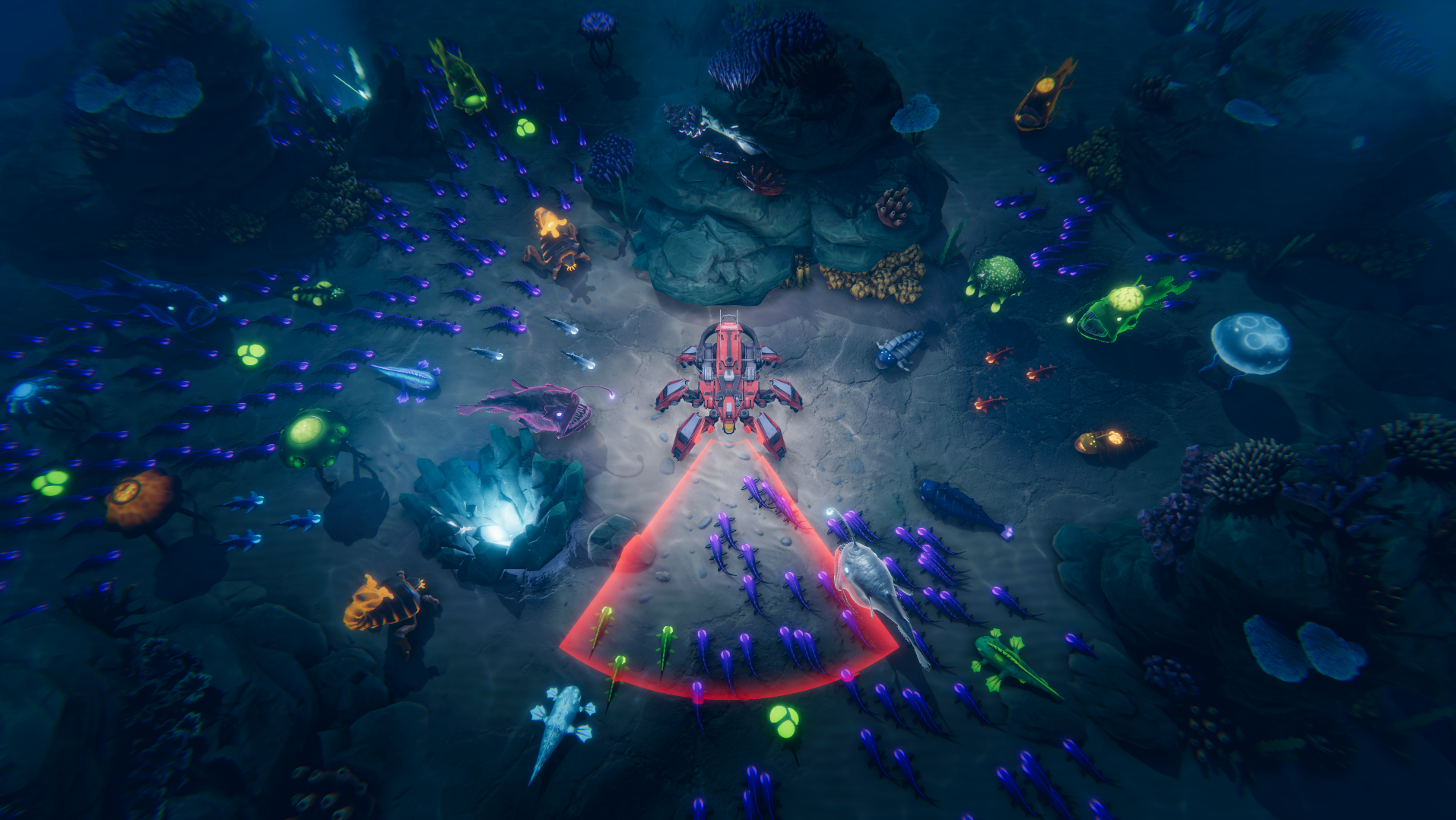
That co-op ambition makes perfect sense: Ocean Keeper’s core loop of dig, upgrade, and defend is naturally kinda social. Adding another player or two changes strategy and opens creative new emergent moments: who gets the rare upgrade, who covers the turrets, who rushes the cave? For a studio that leaned into community feedback during development, inviting fans into a co-op beta feels like the logical next step to me. They’ll likely recruit testers through Discord and social channels, which have already been their strongest outreach tools, but don't quote me on that one!
Burnout, perspective, and why they keep making games
A piece of context that can’t be separated from this studio’s work is the reality of creating while living in a country at war. It changes the terms of creative risk and daily stamina. Diana addressed it bluntly: “As a company based in Kyiv, Ukraine, I can say that dealing with burnout is something we have to manage very carefully. Especially when our country is at war. Day after day, with air raid sirens, sad news, and explosions, it deeply affects both the company as a whole and each person individually. … So yes, burnout is a challenge, but it also brings a new perspective and determination to make the most of every moment.”
That last sentence is the key: urgency reframes priorities. For the team, shipping a game means not only professional growth, but also carving out joy and meaning in difficult times. That urgency also helps explain the decision to self-publish: “Honestly because we wanted to see what we’re capable of. It was a challenge we gave ourselves to grow not just as individuals but as a studio.”
Self-publishing carries risk, but it also preserves creative control — a huge factor for a team trying to build a voice and a brand.
Final thoughts: why Ocean Keeper matters
Ocean Keeper: Dome Survival isn’t all big ideas perfectly executed; even great indie releases have rough edges. But the game is earnest, creative, and built with clear intentions. Its strongest feature is the loop it nails: the push and pull between calm mining runs and heart-in-mouth defense. Add to that an active developer-player dialogue, a consistent stream of post-launch updates, and an ambitious multi-platform rollout, and you have a debut that matters.
Personally, I have an obsession with ocean-based anything. I am devout in tracking down movies (Leviathan, Deep Star Six, The Abyss) and books (my collection of Jacques Cousteau books is impressive), and games. I spotted Ocean Keeper when it had its previous title on Steam, on sale. And I'm so glad I listened to my 'gut' and picked it up. I've had so much fun seeing the updates, and following along with the changes.
RetroStyle’s path, from outsourcing shop to an indie studio shipping a full release, is a model of ambition. Diana’s words keep coming back to a balance of craft and hope: they want to make something that resonates with the players who love the same weird mixes of roguelikes, mechs, and underwater atmospherics that inspired them.
“Real conversations, real care, those things cut through the noise better than any paid ad ever could.”
If Ocean Keeper continues to ship sensible updates, lean on its community, and expand into co-op the way they promise, it could be more than a neat riff on a handful of inspirations, it could become a beloved, living game with a real community at its core.
I'd like to thank Diana and the team for my request to chat to them, and for giving me so much of their time. It's nice to have talked to everyone who clearly are obsessed with their work. If you'd like to find out more on Ocean Keeper: Dome Survival, then you can use the following links:
Official Website:
https://retrostylegames.com/
The Community:
Discord: https://discord.gg/5ZWUTEpCNf
Videos:
YouTube: https://www.youtube.com/@RetroStyleGames
TikTok: https://www.tiktok.com/@retrostyle_games_
Our Outsourcing Projects:
Behance: https://www.behance.net/info7e54036a
ArtStation: https://www.artstation.com/retrostylegames
News:
X / Twitter: https://x.com/RetroStyleGames
Instagram: https://www.instagram.com/retrostyle_games
Reddit: https://www.reddit.com/r/OceanKeeper
Steam Page:
Ocean Keeper: Dome Survival: https://store.steampowered.com/app/2845630/Ocean_Keeper_Dome_Survival/
A huge thank you to Diana and the entire RetroStyle Games team for agreeing to chatting to me, and for taking the time to share such thoughtful and detailed answers. It’s clear how much passion and care went into creating Ocean Keeper: Dome Survival, and that dedication truly shines through in the game itself. I’ve really enjoyed diving into its world and can’t wait to see how the game (and the team behind it) continue to grow.
